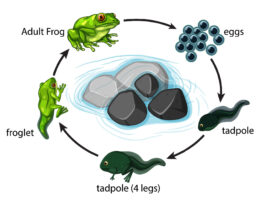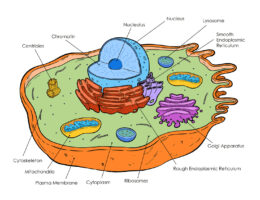Skip to content
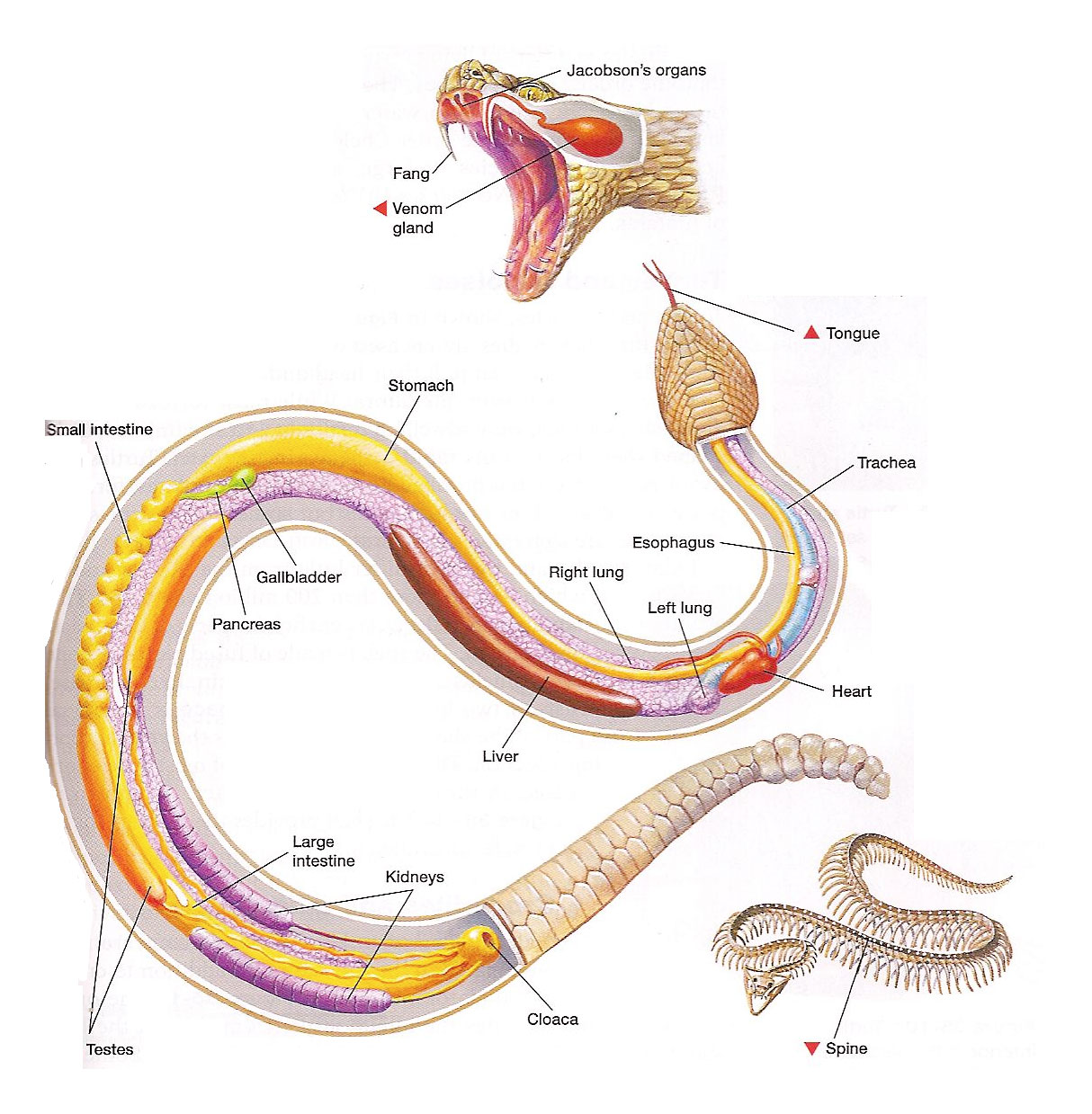
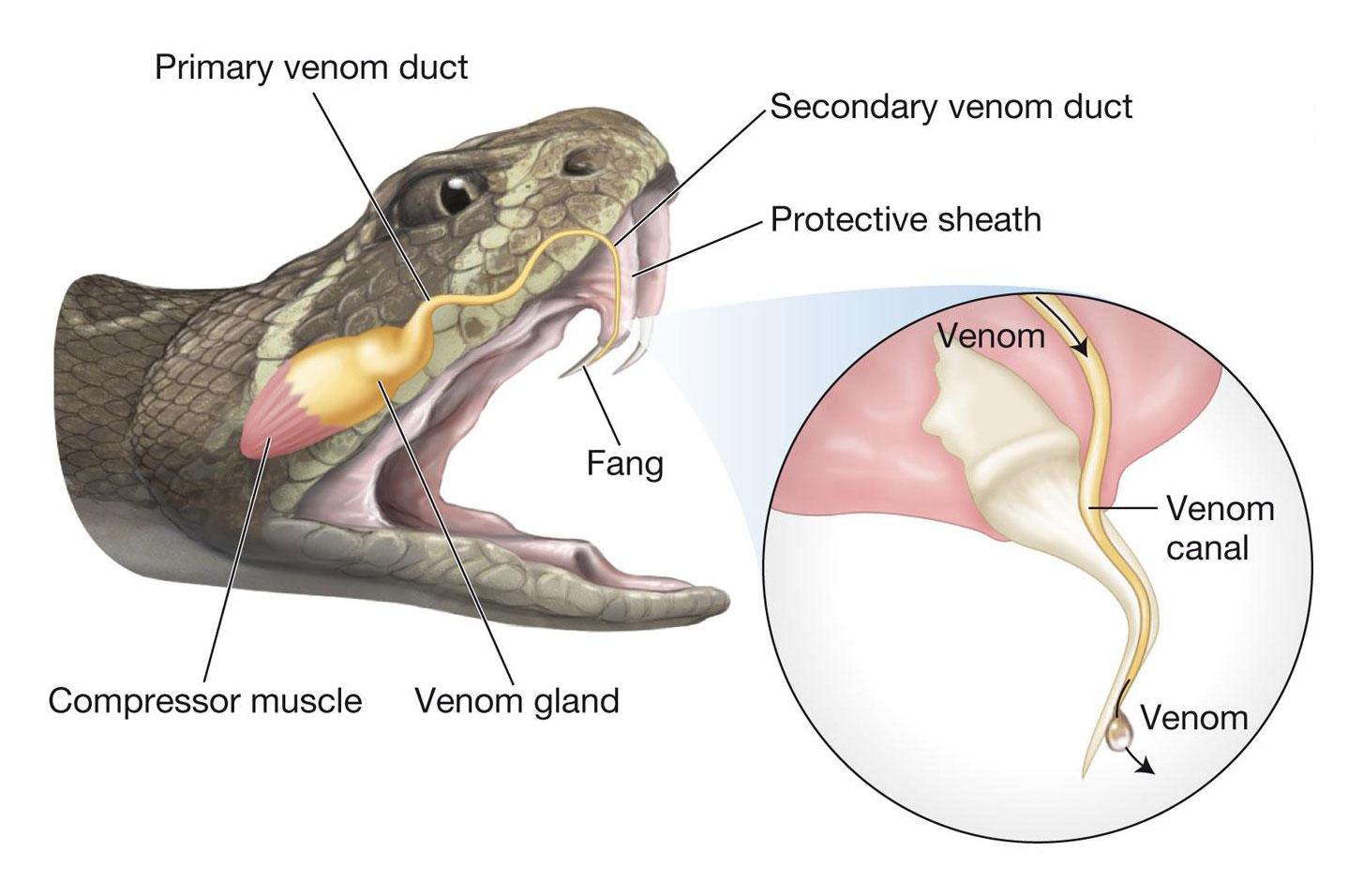
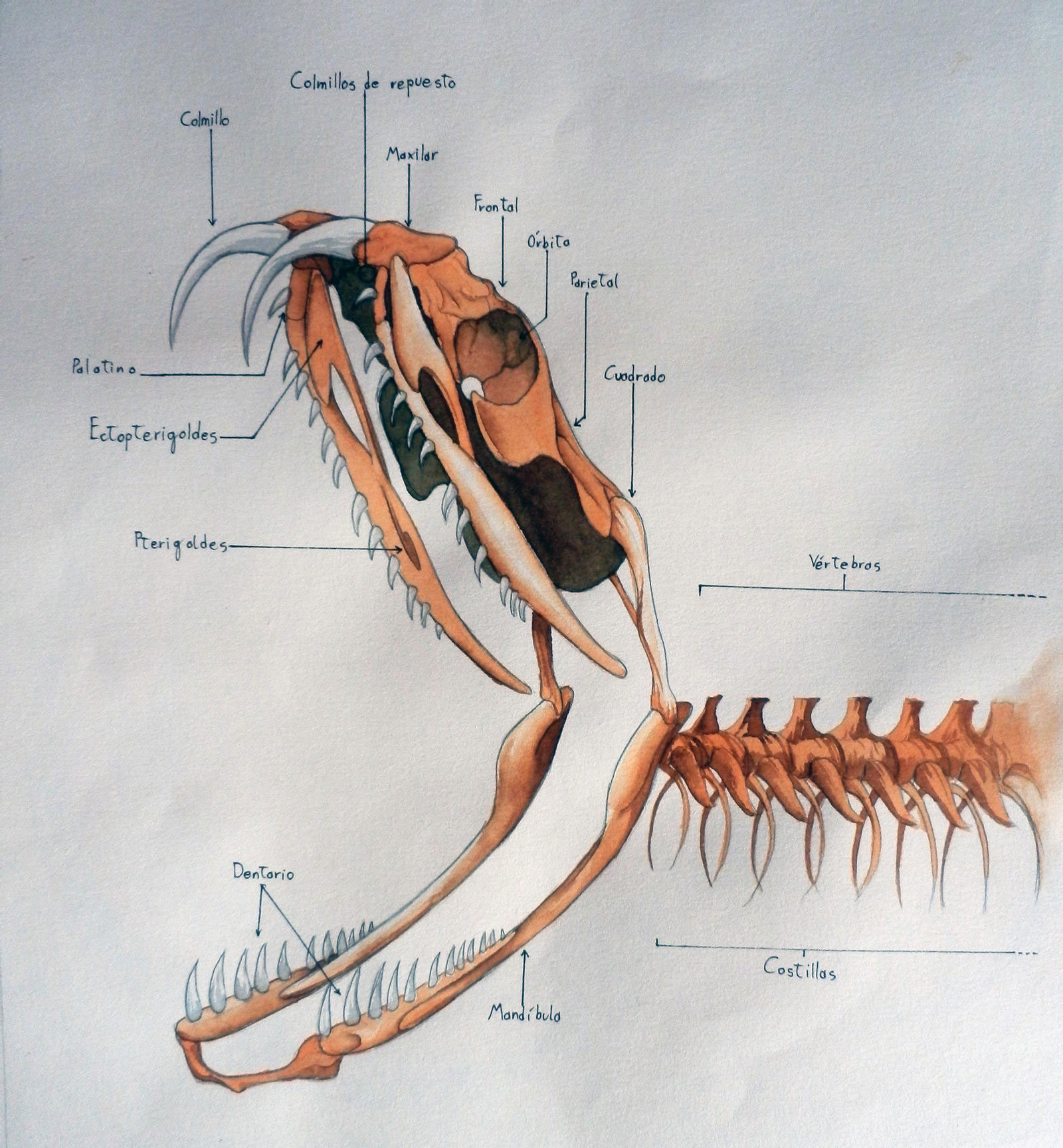
- Head: At the front of the snake, the head contains the brain and sensory organs, such as the eyes, nostrils, and tongue.
- Eyes: Located on either side of the head, the eyes allow the snake to see and detect movement.
- Nostrils: Also found on either side of the head, the nostrils are used for smelling.
- Tongue: The snake’s tongue is used to sense chemicals in the air and helps the snake to locate prey.
- Fangs: Some snakes have venomous fangs, which are used for defense and hunting.
- Body: The snake’s long, slender body is covered in scales and allows it to move quickly and efficiently.
- Tail: The tail makes up about one-third of the snake’s body and is used for balance and as a defense mechanism.
- Internal organs: Inside the snake’s body, there are various organs, including the heart, lungs, and digestive system.
- Scales: The snake’s scales help to protect its skin and aid in movement by providing traction.
- Jaw: The snake’s jaw is unique in that it is not fused together, allowing it to swallow prey whole.
- Vertebral column: The snake’s backbone consists of numerous vertebrae, which allow it to move in a variety of ways.
- Muscles: The snake’s muscles allow it to move its body and strike at prey with incredible speed and force.
You may also like these posts



